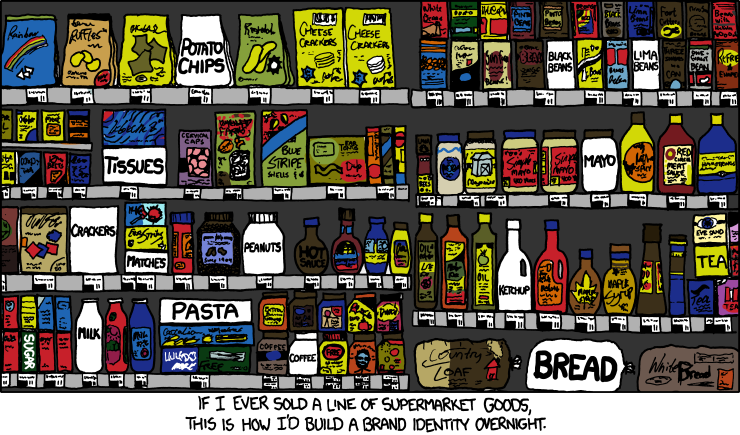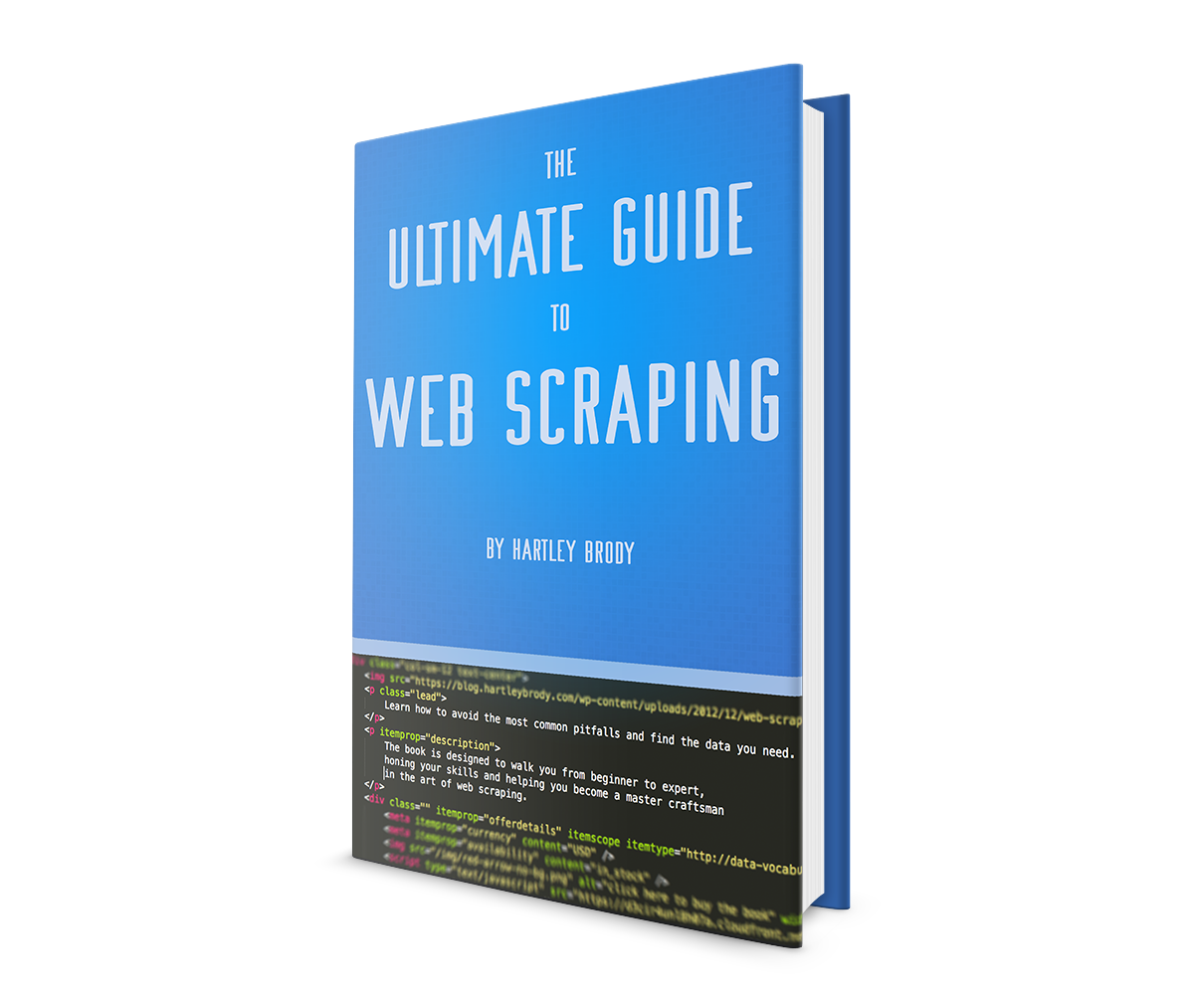How to Design a Landing Page That Works
 Whether you’re trying to grow your newsletter, convert more customers, or put out an offer, it’s important to understand the dynamics of a good sign-up page.
Whether you’re trying to grow your newsletter, convert more customers, or put out an offer, it’s important to understand the dynamics of a good sign-up page.
To marketers, these are usually known as “landing pages” since they’re the first page someone sees when they “land” on your website after clicking an advertisement or call-to-action.
The entire point of a landing page is to convince a visitor to give you their private information in exchange for whatever you’re offering. While it might sound fairly cut and dry, there are lots of useful tactics to help convince more of your visitors to give up their information.
A lot of people are skeptical about giving up their email address or other private information on the internet these days, so a good landing page should aim to ease that anxiety and smooth the conversion process.
 One of the few high school lessons that has stuck with me came from my 9th grade English teacher. “Every sentence in your essay should be somehow tied to proving your thesis statement,” she told me. “If a sentence doesn’t support your thesis, remove it.”
One of the few high school lessons that has stuck with me came from my 9th grade English teacher. “Every sentence in your essay should be somehow tied to proving your thesis statement,” she told me. “If a sentence doesn’t support your thesis, remove it.”
 As a 21-year-old about to finish school and join the workforce full time, I’ve started coming to terms with the fact that I’m becoming a grown-up.
As a 21-year-old about to finish school and join the workforce full time, I’ve started coming to terms with the fact that I’m becoming a grown-up. For most people, any sort of public speaking can be a bit frightening. This is especially true if you don’t have notes or lots of time to rehearse.
For most people, any sort of public speaking can be a bit frightening. This is especially true if you don’t have notes or lots of time to rehearse. If you’re ready to invest a little time into it, building great links is easy.
If you’re ready to invest a little time into it, building great links is easy. There’s lots of conventional wisdom out there about how to get a job. Dress nicely. Smile widely. Nice, firm handshake.
There’s lots of conventional wisdom out there about how to get a job. Dress nicely. Smile widely. Nice, firm handshake.
 People ask me for help a lot. Whether they think their computer has a virus or they want to learn more about SEO or they want to get involved with startups, people bring a lot of their questions to me.
People ask me for help a lot. Whether they think their computer has a virus or they want to learn more about SEO or they want to get involved with startups, people bring a lot of their questions to me. Pricing is always something that’s fascinated me. In my economics 101 class, I learned how price affects supply and demand. But in the real world, things aren’t nearly as neat as they appear on that simple two-axis graph.
Pricing is always something that’s fascinated me. In my economics 101 class, I learned how price affects supply and demand. But in the real world, things aren’t nearly as neat as they appear on that simple two-axis graph.